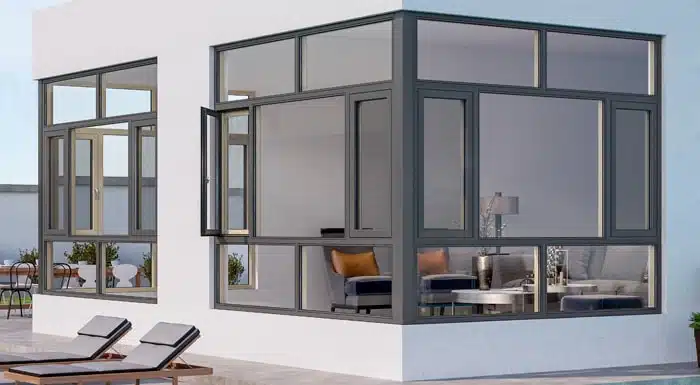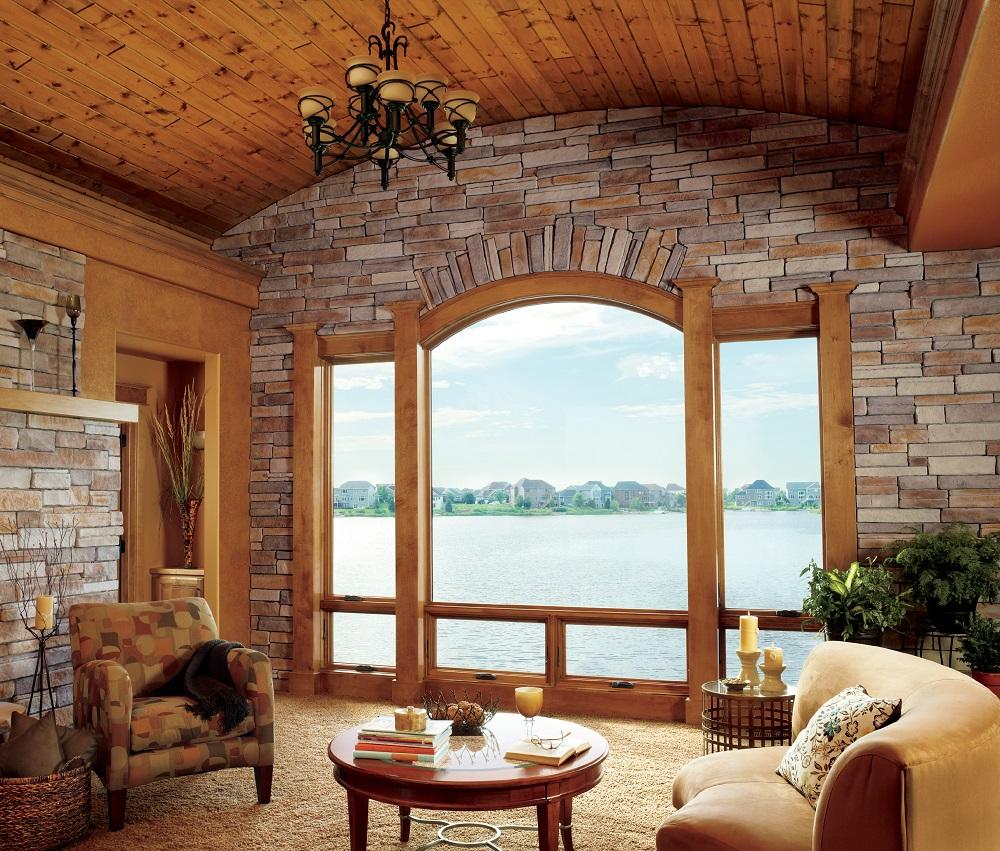When standard window sizes and styles just won’t do, homeowners turn to customized windows and custom-made windows to achieve the exact look, function, and performance they crave. Whether you’re working around an odd-shaped opening, matching historic trim, or creating a one-of-a-kind feature wall, understanding the differences—and benefits—of each approach is key to a successful project.

What Are Customized Windows?
Customized windows start with an existing product line—double-hung, casement, sliding, or picture windows—and offer flexible options such as:
- Size adjustments beyond the typical stock range (wider, taller, or deeper frames)
- Color and finish variations, including exterior cladding in bold hues or wood-grain laminates
- Hardware upgrades, from premium locking systems to designer crank handles
- Glass packages, like Low-E coatings, tinted or obscure glass, and laminated safety panes
By tweaking a proven window model, customized windows deliver faster lead times and lower costs than full bespoke fabrication—while still meeting unique design needs.
What Makes Windows Truly Custom-Made?
Custom-made windows go a step further: each unit is designed from scratch to your exact specifications. Key hallmarks include:
- Unique Frame Profiles
Neck-down or flared jambs to match period architecture, angled sills for rain runoff, or integrated mullions for an artistic grid pattern. - One-Off Shapes and Sizes
Arches, circles, hexagons, and trapezoids manufactured to fit non-standard openings or dramatic curtain-wall assemblies. - Specialty Materials
Exotic hardwoods, powder-coated steel, or reclaimed timbers crafted into frames that can’t be sourced off the shelf. - Integrated Features
Built-in blinds, motorized operable vents, or perimeter lighting channels—fully incorporated during fabrication for a seamless finish.
If your project demands windows that no one else carries, custom-made is the only way to bring your vision to life—albeit with a longer timeline and higher investment.
Comparing Cost and Timeline
| Feature | Customized Windows | Custom-Made Windows |
|---|---|---|
| Lead Time | 4–8 weeks | 8–16 weeks |
| Starting Price (per unit) | From $300–$500 | From $800–$1,200+ |
| Design Flexibility | High—but limited to existing profiles | Unlimited |
| Warranty & Support | Standard manufacturer’s warranty | Manufacturer’s bespoke warranty |
Benefits of Choosing Customized or Custom-Made Windows
- Perfect Fit
No more awkward gaps or costly frame modifications: both approaches ensure a precise seal for energy efficiency and weather protection. - Design Cohesion
Coordinate your windows with siding, roofing, and interior trim for a harmonious aesthetic—even in historic or avant-garde homes. - Enhanced Performance
Specify advanced glazing, multi-point locks, and reinforced frames to meet your climate and security needs. - Increased Home Value
Buyers appreciate quality craftsmanship and unique architectural details; custom windows can boost resale appeal and justify premium pricing.

How to Choose Between Customized and Custom-Made
- Assess Your Budget
If you need minor size tweaks or a special finish, customized windows hit the sweet spot of performance and price. For truly one-off shapes or materials, prepare for a higher spend. - Evaluate Your Timeline
Shorter project windows favor customized options, while custom-made windows demand extra design, tooling, and testing time. - Define Your Design Goals
For subtle enhancements—like colored frames or upgraded hardware—customization suffices. For bold shapes or integrated technology, only custom-made will work. - Consult a Professional
A window specialist can measure openings, recommend suitable profiles, and help you balance cost, lead time, and aesthetics.
Getting Started: Tips for a Smooth Project
- Gather Inspiration: Create a mood board with photos of windows you love—note shapes, colors, and materials.
- Measure Carefully: Precise interior and exterior dimensions are crucial; consider hiring a professional measurer.
- Request Samples: Review frame color swatches, hardware finishes, and glass samples in natural light.
- Verify Certifications: Ensure your windows meet ENERGY STAR® requirements for your climate zone.
- Plan for Installation: Factor in site prep—scaffolding, trim removal, and weatherproofing—when scheduling.
Conclusion
Whether you opt for customized windows to refine an existing design or invest in custom-made windows for a truly unique statement, both paths lead to a more comfortable, efficient, and visually stunning home. By clarifying your goals, budget, and timeline—and partnering with experienced fabricators—you’ll enjoy windows tailored perfectly to your style and performance needs.
